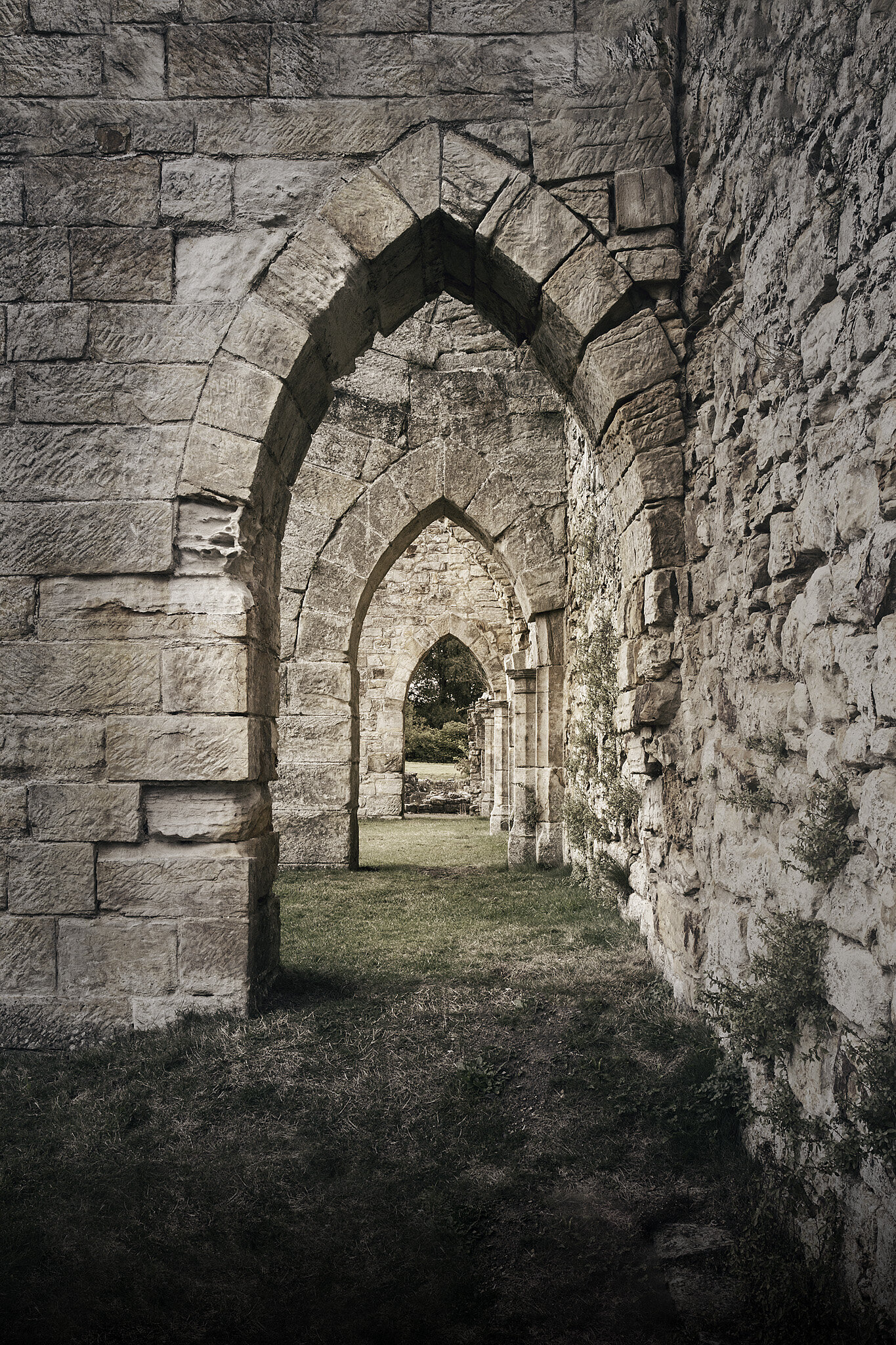Bayham Abbey, South East, England
Bayham Abbey is one of the Premonstratensian monasteries. This was a religious order of 'canons regular’, founded in Premontre, near Laon, in 1120 by Norbert of Xanten, who became Archbishop of Magdeburg. The order was largely influenced by the Cistercian ideals, but its Canons were not monks. The order grew in Europe to around 1,300 by the 14th Century but they were less popular in Britain. At the time of the dissolution there were 35 Premonstratensian houses.
Bayham Abbey was built from local sandstone, and while the Abbey was founded in the early 12th Century, all of the remaining buildings date from the 13th Century. Bayham was visited by Edward I in 1299, and by Edward II in 1322.
By the early 13th century Bayham held lands that were valued at £72. A legal dispute broke out in 1279 that resulted in the abbey being excommunicated. The abbot at this time had insisted that the church at Hailsham was under his authority, however Michelham Priory asserted the same. The Bishop of Chichester decided in Michelham’s favour and the following year the clergy from Bayham who had established themselves in Hailsham had to be forcibly evicted. The dispute continued until 1287 when Michelham Priory agreed to renounce their claim to the church at Hailsham on condition that the abbey pay them £16 a year.
Bayham seems to have always been a small monastery. It was dissolved in 1524, before the Dissolution of the Monasteries, by Cardinal Wolsey, who needed funds for two new colleges he planned to start at Oxford and Ipswich. Although the Canons protested his decision, in the end Wolsey had his way, and Wolsey founded the college that later became known as Christ Church, in Oxford.
The picturesque ruins decayed until the 18th Century, when work was done to preserve what was left of them, however, rather than approach the preservation from a historical or archaeological perspective, it was simply done for aesthetic reasons, which made for a lovely garden for the Georgian house which can also be seen.





